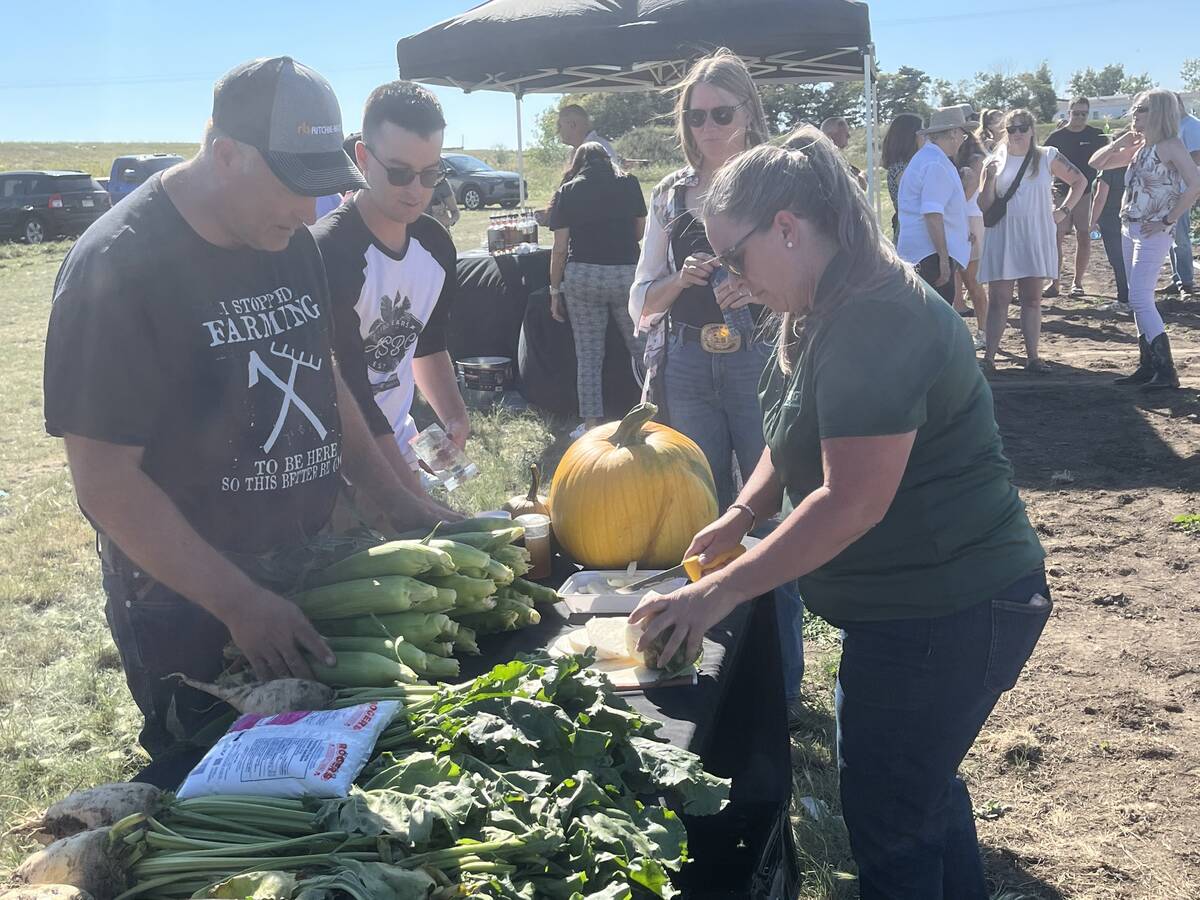The Canadian Food Inspection Agency is warning of a significant threat to poultry this fall from the deadly avian influenza carried by migrating wild birds.
“There is a significant threat of the re-emergence of highly pathogenic avian influenza in the fall of 2015 that has the potential to negatively impact the health and welfare of poultry,” the CFIA warned.
The disease killed more than 250,000 birds in Canada in 2014-15. It was found in three commercial flocks in Ontario and 11 commercial and two backyard flocks in British Columbia.
Read Also

Alberta farm lives up to corn capital reputation
Farm to Table Tour highlighting to consumers where their food comes from features Molnar Farms which grows a large variety of market fruits and vegetables including corn, with Taber being known as the Corn Capital of Canada.
The disease was also found on 223 premises in the United States, killing 47.5 million chickens and 7.1 million turkeys.
CFIA officials said biosecurity is the best line of defence.
“Wild birds, particularly waterfowl, are known to carry avian influenza viruses,” the agency said.
“While the viruses often do not cause illness in waterfowl or humans, certain strains can cause severe illness and death in domestic poultry and wild birds such as raptors, pheasants and grouse.”
The highest prevalence of the disease is in younger migratory waterfowl from August to November as they congregate in feeding and staging areas before and during migration.
The virus can be spread to domestic poultry through direct contact with wild birds or their droppings and secretions.
The CFIA said it is important to minimize direct contact between poultry and wild birds and prevent cross contamination from dirty footwear, clothing and machinery.
Officials have advised poultry producers to implement routine biosecurity measures throughout the year and increase compliance during high-risk periods.
They recommend preventing wild birds from contacting poultry feed and water and deterring wild birds from hanging around the farmyard and in farm buildings.














